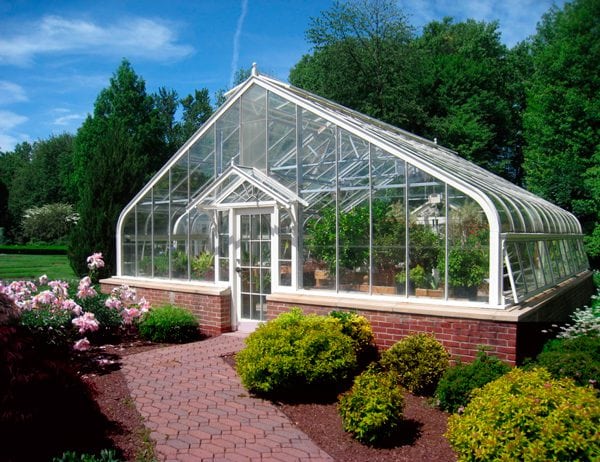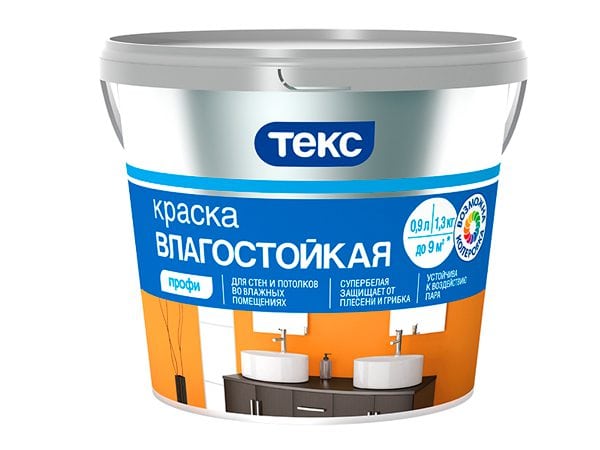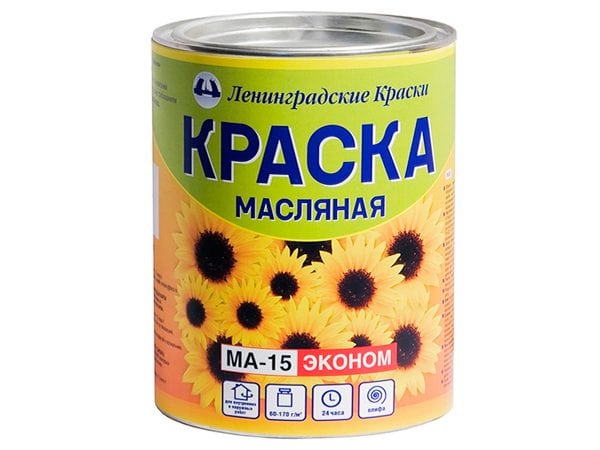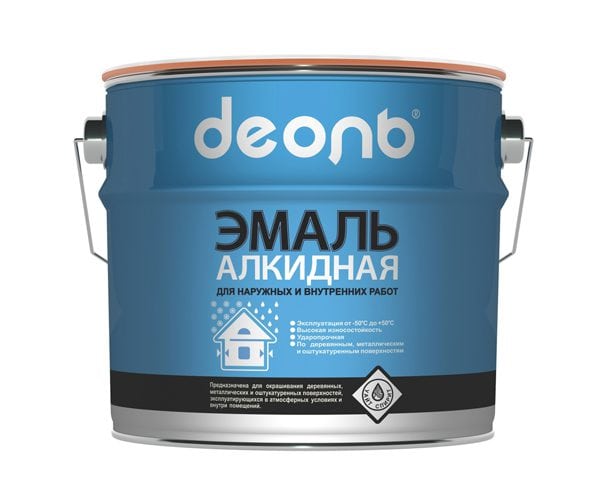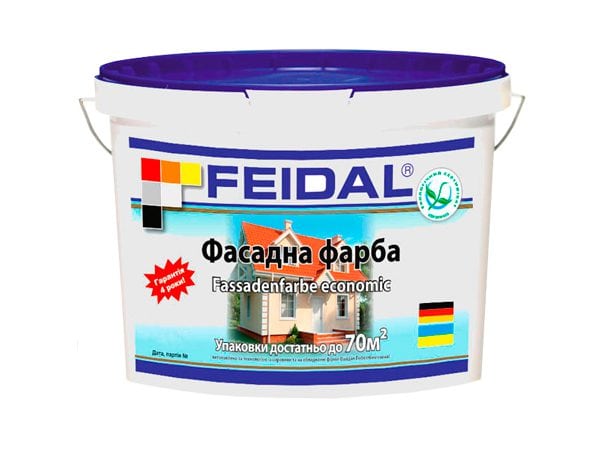Any greenhouse is characterized by three factors that adversely affect any structural materials: elevated temperature, air humidity, and fungal spores. Whatever measures the owner of the greenhouse takes, the influence of these factors can only be mitigated, but not completely excluded. One way to deal with the negative effects of the external environment is to paint the frame of the greenhouse with a paint and varnish material, which will inhibit the destruction of the structure.
- Features of different materials
- Paint selection
- Oil paints
- Alkyd paints
- Acrylic paints
- LKM for sea vessels
- Greenhouse painting
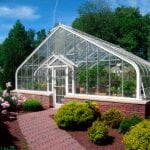
Features of different materials
Different materials need protection to varying degrees. For example, wood under the influence of moisture rots, becomes covered with fungus and, ultimately, is destroyed. The protection of this material consists in priming, oiling or staining.
The main problem of greenhouse structures made of steel is the development of corrosion processes under the influence of humidity. It is possible to slow down the rusting of the material by painting.
If the greenhouse is made of aluminum, you can not paint it. The fact is that aluminum is coated with a natural oxide film that protects the metal. If the metal is anodized, you don’t have to worry about its safety at all.
to contents ↑Paint selection
A paint suitable for painting a greenhouse must meet a number of characteristics:
- high moisture resistance;
- resistance to all kinds of chemicals (cleaning substances, fertilizers, herbicides and pesticides);
- resistance to temperature extremes;
- the presence of an antifungal drug.
For painting greenhouses, these types of paints and varnishes are used:
- oil;
- alkyd;
- acrylic;
- specialized (for marine vessels).
to contents ↑Note! Whatever type of paint is chosen for painting the metal, it is recommended to first apply a rust converter to the surface. Thanks to the converter, a strong and reliable layer is created on the metal surface that protects this material from rust.
Oil paints
In previous years, such paints were the main choice when painting greenhouses. As a binder component in oil coatings, natural drying oil is used. Currently, oil-based paint formulations are practically not used, as they have many disadvantages. Among the minuses can be noted the inability to withstand high temperatures, insufficient protection against rust, ultraviolet radiation (due to which they quickly burn out), a short service life. In addition, the oil formulations dry for a long time and have a pungent odor.
to contents ↑Advice! In a heated greenhouse, this option is possible: oil-based paintwork (as a primer) plus water-based paint (as a topcoat). Such coverage will last 4-5 years.
Alkyd paints
Paints and varnishes based on alkyd resins can be used both for painting metal and wood.Alkyd paints are characterized by moisture resistance, quick drying and not so sharp smell, as in the case with oil coatings. However, alkides are flammable and not very suitable for high temperatures.
to contents ↑Note! The frame, painted white, reflects the sun's rays on the plants.
Acrylic paints
The main difference between acrylic coatings and alkyd and oil is water solubility. Such compositions well protect the material from corrosion and decay, ultraviolet radiation. Acrylic coatings do not fade or crack, and are also able to withstand high temperatures.
With all this, acrylic compositions can not be considered ideal. A small amount of moisture inevitably seeps through the coating, which gradually destroys the base.
to contents ↑LKM for sea vessels
The best protection against moisture, ultraviolet radiation and aggressive chemical environments provide paintwork for marine vessels. The advantages of such coatings are determined by the scope of application: the constant presence of metal in salt water requires special qualities of paint. LKM are made for marine vessels based on polyurethane or silicone. The only drawback of this paint is its high cost.
to contents ↑Greenhouse painting
Before applying the paintwork material, we prepare the surface: remove the paint, clean the surface, remove dirt and dust. Next, we process the material with a primer.
After the primer has dried, you can begin to paint the surface. As a working tool we use a choice of brush, roller or spray gun. When the first layer is completely dry, apply the second, and then the third.
The best choice for painting a greenhouse is ship paintwork. However, in any case, it is worth noting that the greenhouse frame will have to be repainted much more often than the house. And if the greenhouse is equipped with artificial heating, the life of the paintwork is reduced even more.

